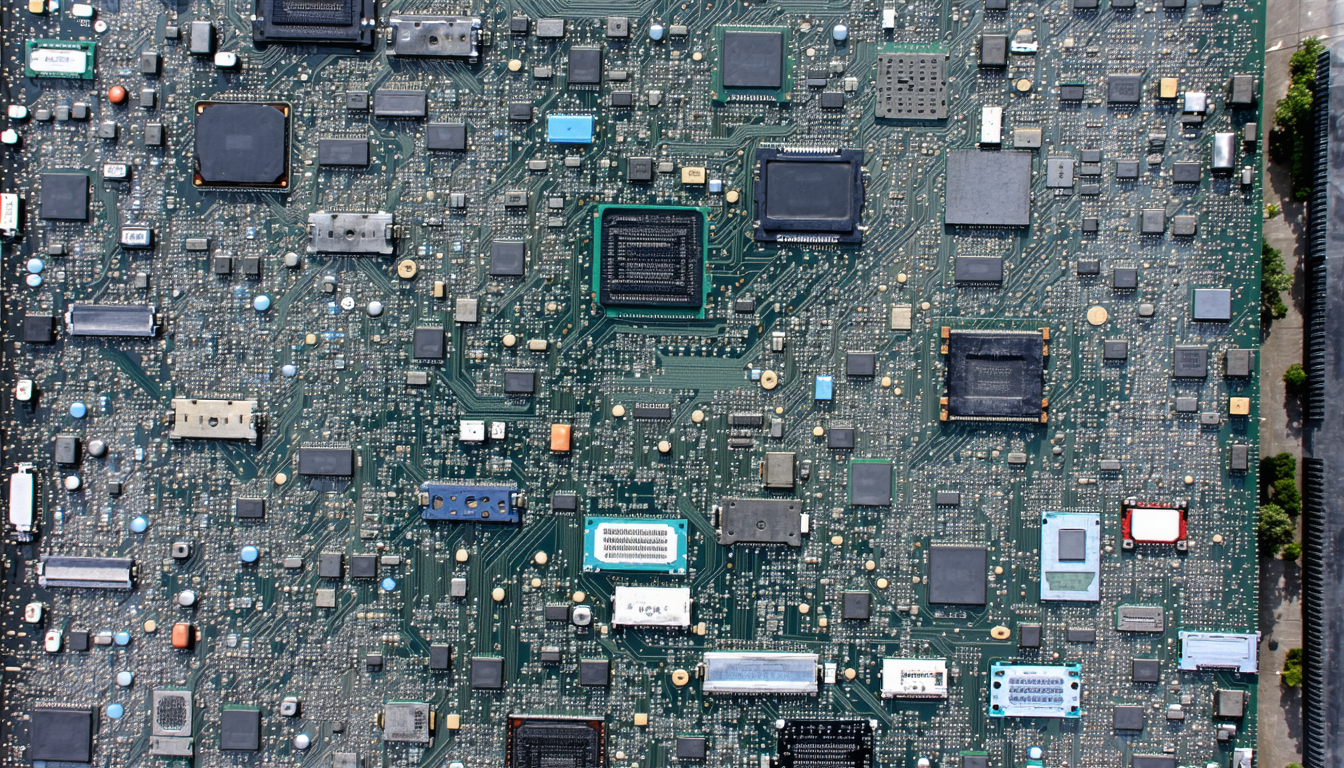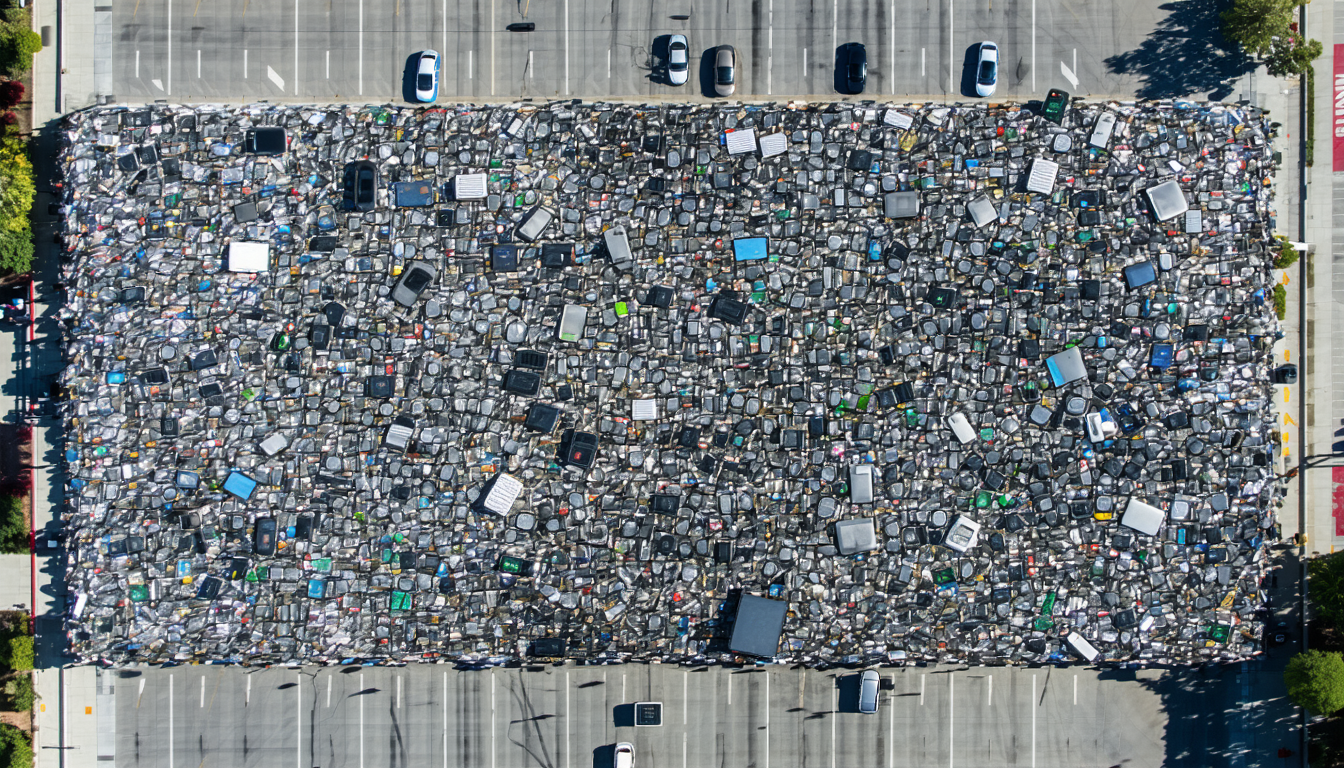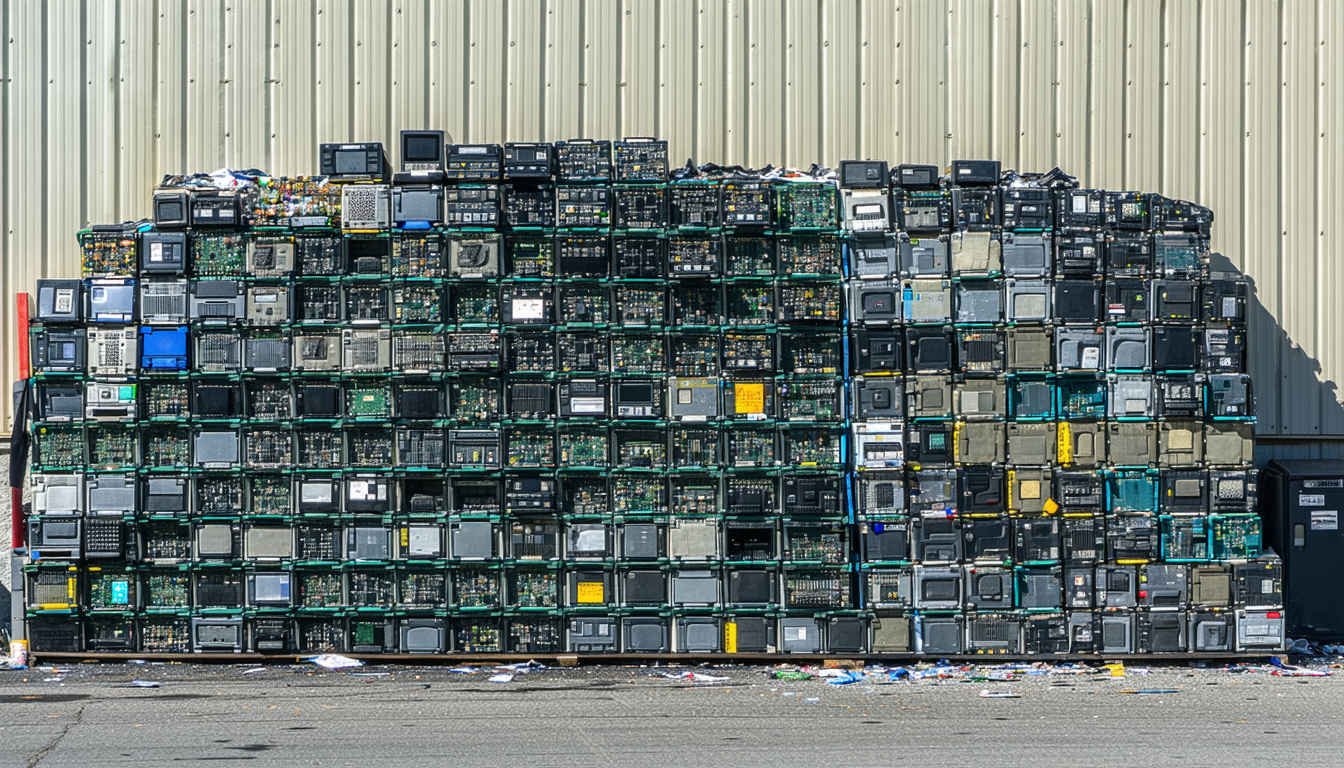In an era where technology evolves at lightning speed, electronic waste, or e-waste, has become a pressing environmental challenge in the United States. With millions of devices discarded annually, the phrase “we buy e-waste” is gaining traction as businesses and individuals seek sustainable disposal solutions. This article explores the rising trend of e-waste buyback programs, their impact on the environment and economy, and what this means for American consumers and corporations. From recent data to expert insights, we uncover how this initiative is shaping a greener future.
The E-Waste Crisis in the United States
The U.S. generates over 6.9 million metric tons of e-waste each year, according to the Global E-waste Monitor 2020. This includes discarded smartphones, laptops, and other electronics that often end up in landfills, releasing toxic substances like lead and mercury into the environment. Only about 17% of this waste is recycled properly, leaving a significant gap in sustainable disposal practices.
The sheer volume of e-waste poses risks to public health and ecosystems. Improper handling can contaminate soil and water, while valuable materials like gold and copper go to waste. This growing problem has spurred innovative solutions across the nation.
We Buy E-Waste: A Sustainable Business Model
Enter the “we buy e-waste” movement—a business model where companies purchase old electronics from consumers and businesses for recycling or refurbishment. These programs incentivize proper disposal by offering cash or store credit for items like outdated phones or broken laptops. Major players, including tech giants and specialized recycling firms, have adopted this approach to reduce landfill waste.
In 2023 alone, over 500 U.S.-based companies have launched or expanded e-waste buyback initiatives, as noted by the Environmental Protection Agency (EPA). This trend not only curbs pollution but also recovers precious metals for reuse in manufacturing. For instance, a single ton of circuit boards can yield up to 800 times more gold than a ton of ore.
Impact on Consumers and Businesses
For American consumers, e-waste buyback programs offer a dual benefit: decluttering homes while earning extra income. Many find it easier to sell old devices rather than navigate complex recycling systems. Retailers like Best Buy and Apple have streamlined the process with trade-in options at their stores.
Businesses also gain from these programs by enhancing their corporate social responsibility profiles. Partnering with e-waste buyers helps companies meet sustainability goals and comply with regulations. According to Jane Harper, an environmental consultant based in California, “These initiatives are transforming how businesses view waste—not as a burden, but as a resource with economic value.”
Challenges in the E-Waste Buyback Industry
Despite its promise, the “we buy e-waste” model faces hurdles. Not all electronics are accepted due to varying conditions or lack of market demand for certain components. Additionally, data security remains a concern for consumers hesitant to hand over devices with personal information.
There’s also the issue of accessibility. While urban areas have numerous drop-off points, rural communities often lack convenient options. Industry experts call for broader outreach and education to ensure equitable participation across the country.
Future Outlook for E-Waste Management
The rise of e-waste buyback programs signals a shift toward circular economies in the U.S., where products are reused rather than discarded. Analysts predict that by 2030, the e-waste recycling market could grow to $7.5 billion domestically, driven by stricter regulations and consumer awareness. Innovations like AI-driven sorting systems may further streamline recycling processes.
On the flip side, some stakeholders worry about potential exploitation if unregulated firms enter the market, prioritizing profit over ethical practices. Balancing economic incentives with environmental responsibility will be key to sustaining this movement.
In conclusion, “we buy e-waste” programs are carving out a vital space in America’s fight against electronic waste. By offering financial rewards and reducing landfill burdens, they address both ecological and economic concerns. As technology continues to advance, these initiatives could pave the way for a more sustainable future—if challenges like accessibility and regulation are met head-on.
Frequently Asked Questions (FAQs)
1. What is meant by “we buy e-waste”?
It refers to programs where companies purchase discarded electronics from individuals or businesses for recycling, refurbishment, or resale, often providing cash or credit in return.
2. Why is e-waste a problem in the United States?
E-waste contains hazardous materials that can harm the environment if not disposed of properly. With only 17% recycled, much of it ends up in landfills, posing health and ecological risks.
3. How can I participate in e-waste buyback programs?
Check with local retailers like Best Buy or online platforms that offer trade-in services. Ensure your device meets their criteria and wipe personal data before handing it over.
4. Are there risks in selling e-waste?
Yes, primarily related to data security. Always reset devices to factory settings or consult professionals to ensure sensitive information is removed before selling.
5. What happens to electronics after they are sold?
Most are dismantled for valuable materials like metals, while functional devices may be refurbished and resold. Non-recyclable parts are disposed of responsibly by certified firms.



